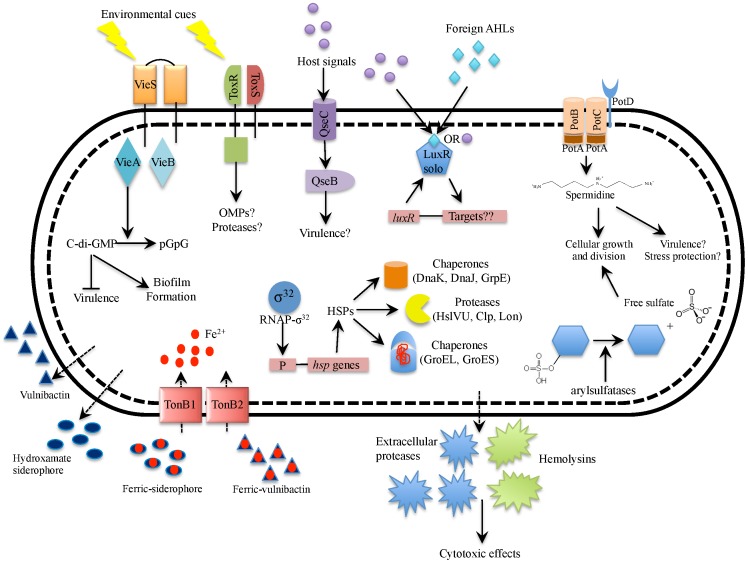Figure 6. Diagrammatic summary of genes upregulated in human serum relative to artificial seawater.
Depicted in this figure are genes (or sets of genes) upregulated in HS along with the inferred phenotypic outcomes. In this condition, the cell scavenges for nutrients by utilizing processes involved in substrate binding and transport including iron chelators and transport systems (hydroxamate-siderophore, vulnibactin, TonB1, and TonB2), spermidine transport (PotABCD), and sulfate scavenging arylsulfatases. In response to unknown environmental cues, the cell also engages in intracellular signaling using systems such as a two component signal transduction system (VieSA) involved in c-di-GMP signaling, the ToxRS signal transduction system, and a LuxR-family orphan possibly involved in quorum sensing signaling, and the cell possibly senses and responds to host hormones using a two-component signaling system (QseBC) involved in inter-kingdom cross-talk. The cell responds to human body temperature (37°C) by upregulating genes involved in the heat shock response (sigma factor RpoH, chaperones and proteases). The cell also secretes several putative virulence factors such as cytotoxic hemolysins and extracellular proteases. Note, this diagram is developed based solely on transcriptomic data and further investigation is necessary to establish the proposed model.

